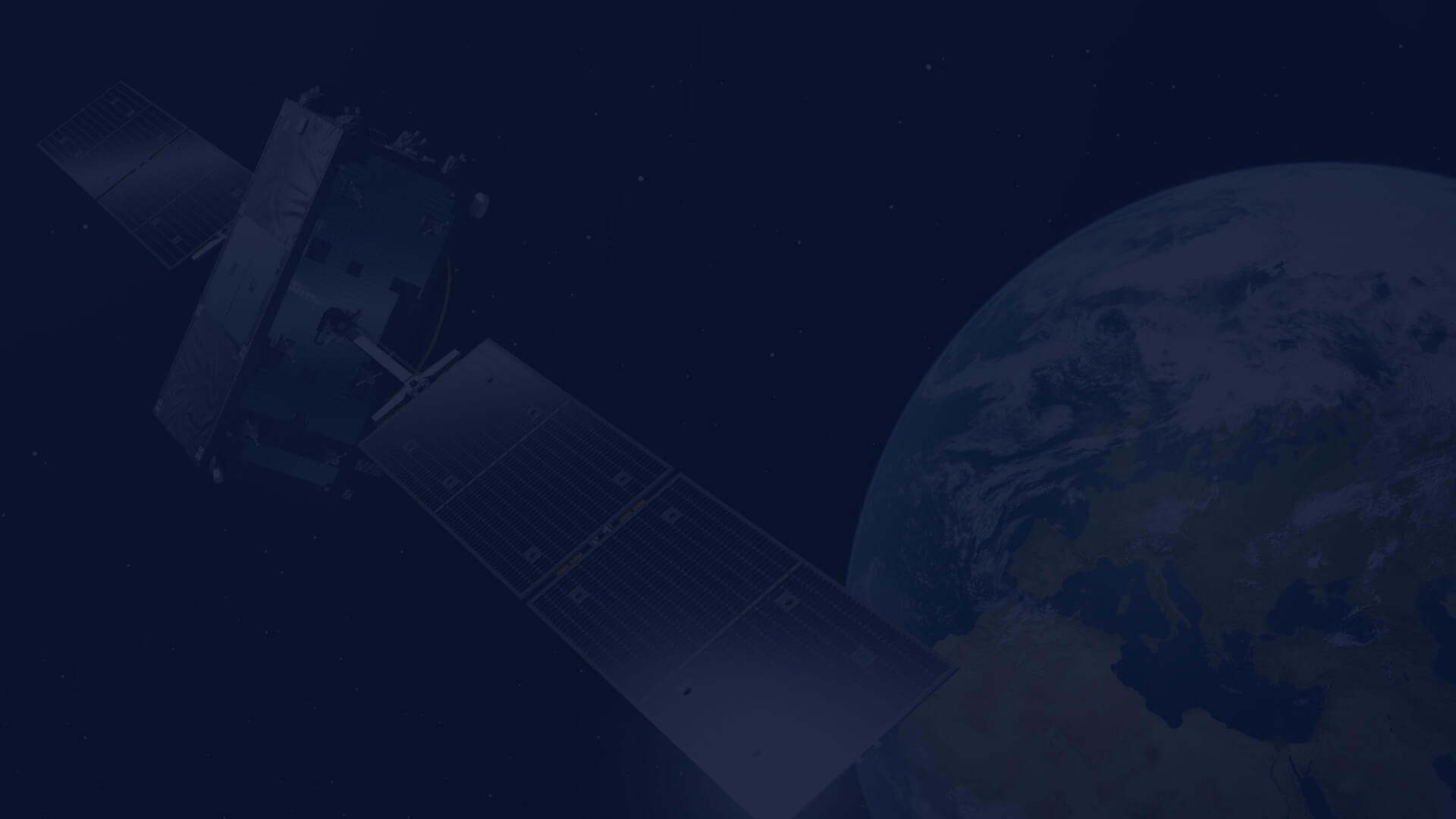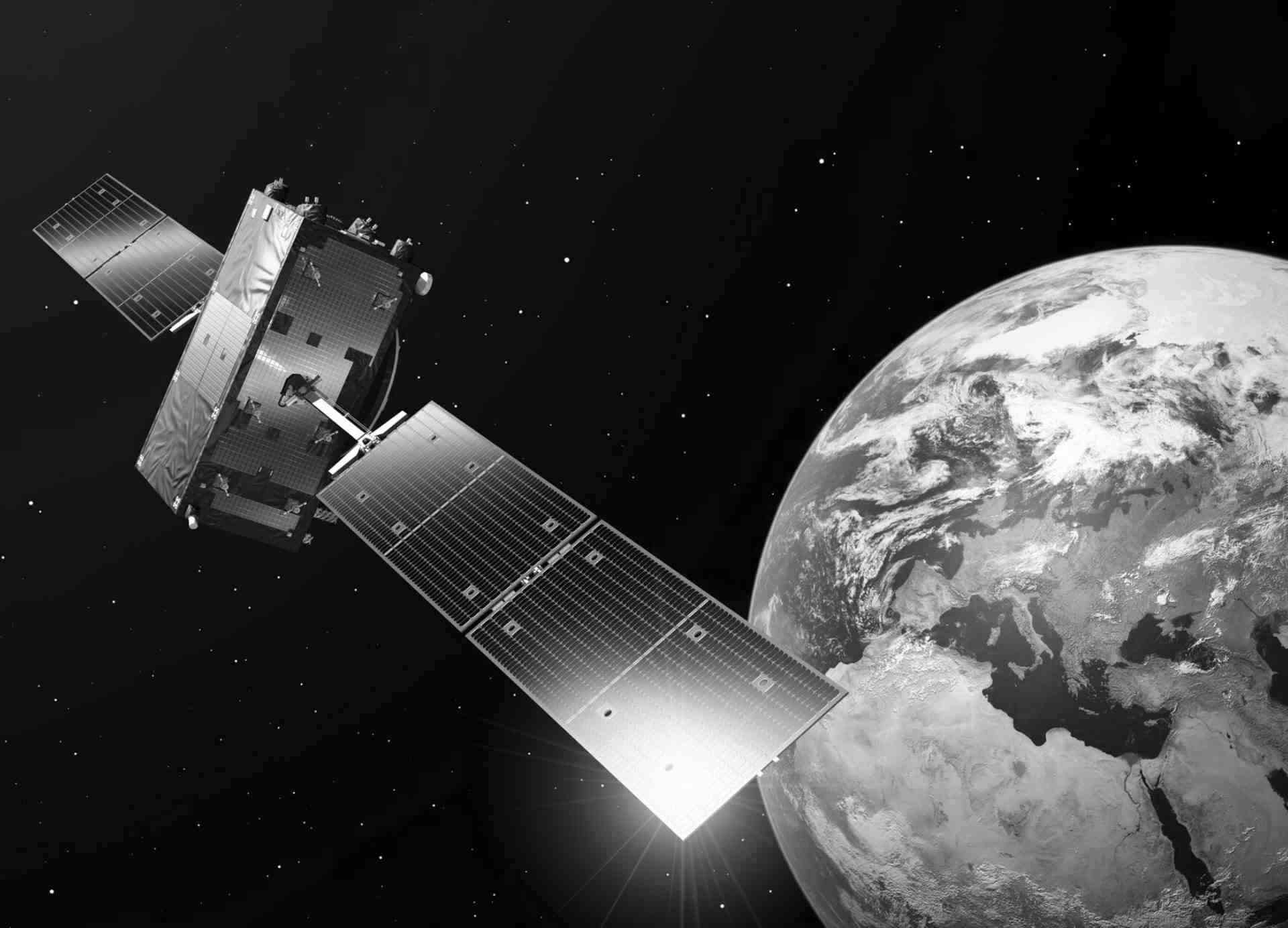Monitoring Vegetation Using Sentinel-1 Data: the RVI Calculator
The most popular approach to monitoring vegetation involves analyzing optical data. However, this method has limitations - optical data cannot be used during high cloud cover or nighttime.
Potential of the Copernicus data in flood prediction and monitoring
Flooding is one of the most destructive natural disasters, causing fatalities and damage in infrastructure and ecosystems. With observed intensification of extreme events with climate change, the need for effective flood monitoring becomes critical.
Monitoring surface changes of the Pizol glacier in Switzerland using Landsat-5 and Sentinel-2 satellite imagery
Read an article that analyses the surface changes of the Pizol glacier in Switzerland using Landsat-5 and Sentinel-2 satellite imagery, and in particular, Normalized Difference Snow Index (NDSI). A comparison of satellite images from different years shows how the area of the Pizol glacier has been gradually decreasing over the past 39 years.
How to use CREODIAS repository for analysing water areas with NDWI indicator
In this article, we talk about how you can access products from the CREODIAS repository and obtain information analysing original data. We focus on Sentinel-2 images, aiming to get water-oriented data.
Monitoring Urban Sprawl with Sentinel-1 SAR data: Pixel Value and Polarization Thresholding
Read an article where our expert describes how Copernicus Sentinel-1 data can be used for the analysis of urban sprawl through advanced processing techniques such as multi-spectral or multi-temporal analysis.
Copernicus Contributing Mission datasets now available
Have you ever wished that Sentinel data had higher spatial resolution? We might have a solution for you - Copernicus Contributing Mission (CCM) datasets that are provided within the framework of the Copernicus Programme but are not collected by the Sentinel satellites.
Heating season means pollution season
Bad air quality is one of the most serious threat to public health. Starting in autumn it becomes even more dangerous. Power consumption related to the heating system and road traffic is increasing, which leads to the increase of air pollution as well. What is more, lower temperatures are favorable conditions to keep air quality poor. This article presents how NO2 pollution changes from September to November in respect of temperature.
Timeliness and frequency of Sentinel products explained
Sentinel satellite missions, as part of the Copernicus programme, generate a wide portfolio of Earth Observation (EO) products which are generated with different frequency and timeliness. This is sometimes problematic for users to comprehend, thus this article provides an executive summary of observation scenarios of Sentinel satellite missions and timeliness.
Monitoring floods using Python and Sentinel-2 satellite imagery
In the last decade, the number of extreme natural phenomena has dramatically increased, causing damage to people all around the world. According to statistics, the number of natural catastrophes is correlated with global warming. The rise in air temperature not only leads to droughts and global fires but also triggers extreme storms and large-scale floods. […]

